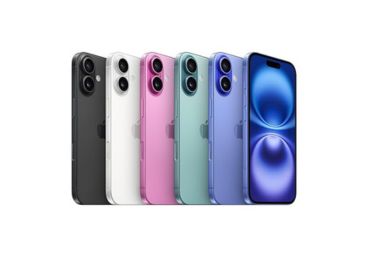Lizzo controversy heats up as six more sue her for sexual harassment

Los Angeles, Aug 10 : The Lizzo controversy is showing no signs of slowing down, if anything its only heating up as the ‘Big Grrrl’ singer gets accused of sexual harassment by six more of her former co-workers.
Lizzo was sued by her backup dancers Arianna Davis, Crystal Williams and Noelle Rodriguez where they accused her of body shaming, racism, religious discrimination, disease discrimination, sexual harassment, abuse of power and more.
For her part, Lizzo has completely denied the charges calling them ‘sensationalised’, ‘falsified’ and further had said that she was being targeted for her skin colour, fame and success. She had earlier said in a statement on social media “I’m the victim, not the villain.”
Since then, over six more complaints have been filed hurling similar accusations at her. According to Billboard, in statement given by attorney Ron Zambrano who is representing the dancers Arianna Davis, Crystal Williams and Noelle Rodriguez said: “we have received at least six inquiries from other people with similar stories since we filed the complaint.”
Zambrano added: “Noelle, Crystal and Arianna have bravely spoken out and shared their experiences, opening the door for others to feel empowered to do the same. Some of the claims we are reviewing involve allegations of a sexually charged environment and failure to pay employees and may be actionable, but it is too soon to say.”
However, while the controversy has polarised people, with many people including celebrities accusing her, others have still supported her. Due to her controversy, the major American music festival ‘Made In America’ headlined by Jay Z and SZA was cancelled.
The charges which were revealed in a lawsuit filed against the singer revealed some horrific details, such as hurling abuses at her co-workers while discriminating against those who had been ill. But the worst detail revealed that during her tenure in Amsterdam’s Red Light District, the singer went on to ask her dancers to stick bananas up their vaginas while she proceeded to simulate oral sex.






